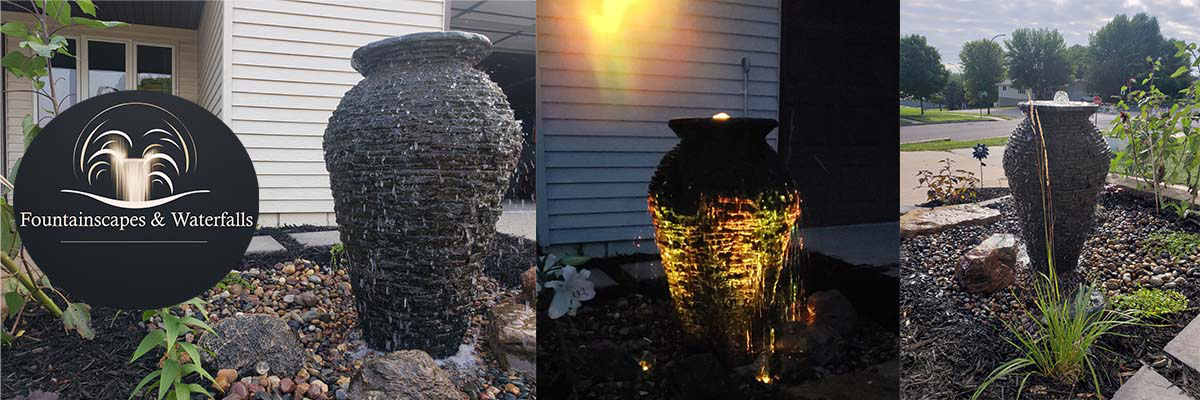

Eco-Friendly String Algae Control: How to Keep Your Pond Healthy and Beautiful
Published: June 17, 2025 | Categories: Pond Maintenance, Water Garden Tips
String algae — those long, green strands that cling to rocks and float in your pond — are more than just an eyesore. They’re a sign that your pond is biologically active. But when algae growth gets out of hand, it can disrupt the balance and health of your water garden. The good news? You can manage string algae effectively without harming your pond’s delicate ecosystem.
What Exactly Is String Algae?
String algae, often called filamentous algae, appear as slimy green threads clinging to surfaces or drifting in the water. It’s a naturally occurring organism in most ponds, and its presence usually indicates a functioning, living system.
In moderation, string algae actually benefit your pond. They absorb excess nutrients, help with oxygenation, and offer habitat for tiny aquatic creatures. But too much of a good thing can lead to murky water and stressed fish.
Signs of Algae Overgrowth
When string algae take over, they can create dense mats that clog filters, smother aquatic plants, and steal oxygen from fish. Here’s how to recognize when it’s time to act:
-
Thick, floating clumps of green threads
-
Reduced oxygen levels, especially overnight
-
Clogged waterfalls or filters
-
Discolored water and dying plants
Don’t worry — with a few targeted strategies, you can get your pond back on track.
How to Control String Algae Without Chemicals
1. Manual Removal
Start with the basics. Use a pond rake, brush, or even your hands to remove visible algae. This improves water clarity and reduces the organic matter algae feed on.
2. Add Beneficial Bacteria
Introduce natural, beneficial bacteria to help break down fish waste, uneaten food, and decaying plants. These microbes compete with algae for nutrients, promoting a healthier, more balanced ecosystem.
3. Spot Treat Problem Areas
For persistent patches — especially in waterfalls or narrow stream beds — use targeted treatments like EcoBlast® Granular Algaecide. It works fast and is safe for fish and plants when used correctly. Avoid treating the whole pond at once to prevent oxygen crashes.
4. Consider a Copper Ionizer System
Install a system like IonGen™ G2, which releases copper ions to inhibit algae growth. It’s low-maintenance, highly effective, and ideal for hard-to-reach areas.
Build a Stronger Pond Ecosystem
A robust ecosystem is your best long-term defense against string algae. Think of your pond like a garden — with proper care, it will eventually regulate itself.
-
Introduce pond plants like water lilies, marginals, and floaters (e.g., water lettuce) to block sunlight and absorb nutrients.
-
Use fine gravel (¼–½") on the pond floor. It encourages fish to forage, stirring up debris and preventing algae buildup.
-
Let your fish help! Koi and goldfish naturally graze on algae. Feeding them less encourages this helpful behavior.
Understand the Seasonal Algae Cycle
Spring often brings a temporary algae bloom. As the water warms, but before your pond’s biological filter fully kicks in, string algae can surge. Stay calm — regular bacteria treatments and manual removal will help your pond settle into balance.
Go Easy on Chemical Treatments
While chemical algaecides can offer quick relief, they should be used sparingly. Overuse can damage your ecosystem and lead to nutrient imbalances. Always clean out dead algae promptly to prevent oxygen depletion from decay.
Final Thought: It’s About Balance, Not Perfection
The goal isn’t to eliminate algae entirely — it’s to maintain a healthy balance. A little algae is normal and even beneficial. With thoughtful design, seasonal care, and a strong biological foundation, your pond can thrive beautifully without constant intervention.
Want expert help keeping your pond clear and healthy? Contact us today to learn more about our eco-friendly pond maintenance services.